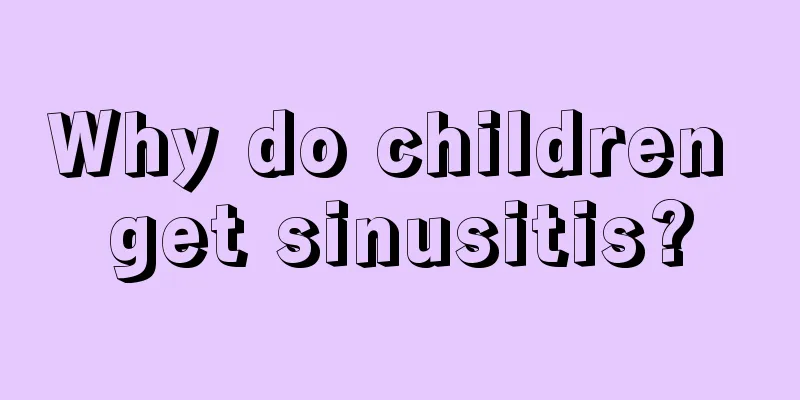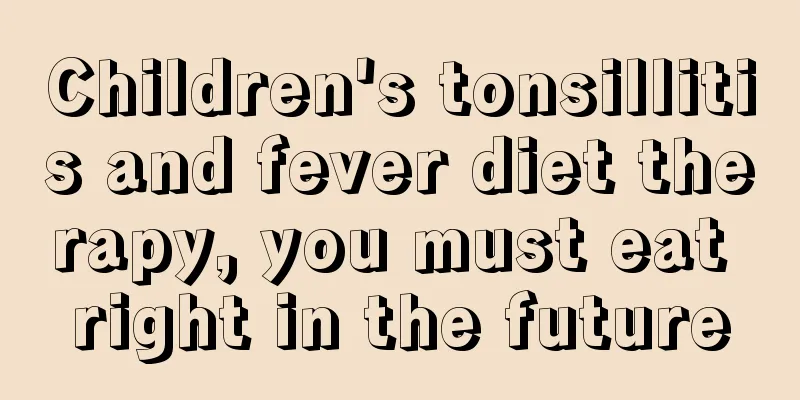Can neonatal sepsis be cured?

|
Neonatal sepsis is a particularly harmful disease. If it is not treated in time, it can easily cause damage to the child's internal organs, and can cause great harm to the child's intellectual development, hearing, etc. Under normal circumstances, simple sepsis will not cause sequelae as long as it is treated in time, and will not affect the child's health. The key lies in timely symptomatic treatment. 1. Etiology treatment: Timely selection of appropriate antimicrobial drugs is the key to treatment. Antibiotics with bactericidal effects were selected based on bacterial culture and drug sensitivity tests. For example, penicillins are used for G+ bacteria, new penicillins or first-generation cephalosporins, lincomycin, etc. are used for enzyme-producing strains; ampicillin, ribosomycin or second- and third-generation cephalosporins are used for G- bacteria. When the pathogen is unclear, drugs with a broader antibacterial spectrum can be used. Severe infections can be treated with combination therapy, but attention should be paid to the resulting disturbance of the bacterial flora and superinfection. In order to achieve effective blood drug concentration as quickly as possible, the drug should be administered intravenously. The course of treatment varies depending on the blood culture results, efficacy, and the presence or absence of complications. It is generally 7-14 days. Those with complications should be treated for more than 3 weeks. 2. And lesion removal: Local omphalitis, skin purulent foci, oral mucosal ulcers, etc. should be treated accordingly to cut off the source of infection. 3. Immunotherapy: It can directly supplement various immune factors and antibodies in the blood of newborns, enhance immune function and promote disease recovery. Methods include multiple small-volume transfusions of fresh whole blood or plasma, exchange transfusion therapy, granulocyte transfusion, and immunoglobulin and immune RNA therapy. 4. Supportive therapy: Rest in bed, strengthen nutrition, supplement appropriate amounts of vitamins, and ensure calorie supply. Maintain water, electrolyte and acid-base balance. Blood transfusion, plasma, albumin and immunoglobulin were given when necessary. Physical cooling can be given when the fever is high. 5. Symptomatic treatment: Use physical methods to keep the child's body temperature normal. Oxygen can be administered when cyanosis occurs. People with circulatory disorders should replenish blood volume and use vasoactive drugs. Sedatives and anticonvulsants can be used to treat irritability and convulsions. Dehydrating agents should be used when there is cerebral edema. |
<<: What are the symptoms of newborn baby's abdominal bloating
>>: What is the cause of deformed hands and feet in newborns?
Recommend
What should we pay attention to when treating burns in children?
If a child gets burned in real life, burns here r...
How old can a baby sit on a waist stool?
Generally, babies can sit after they are six mont...
How many degrees is considered a fever for a child
Regarding children's fever, do parents have e...
What are the dietary treatments for children’s cough after a cold?
The weather is quite hot now, so many families us...
What kind of quilt should a newborn baby cover in winter
In winter, the weather is very cold. Even if you ...
What causes diarrhea in children due to enteritis?
If a child develops enteritis, parents need to de...
Two-year-old child convulsions
In life, we often encounter many physical conditi...
What to do if your three-month-old baby has dry skin
A baby's skin should be the best. A child'...
How to cook eggs for babies
Families still need to take it seriously when add...
How to treat a baby with a bad stomach?
Most babies often suffer from diseases due to the...
Exchange transfusion therapy for neonatal jaundice
Neonatal jaundice is a relatively common disease,...
What should I do if children have caries on their front teeth?
Although teeth are a very small organ in our huma...
What to do if the baby catches a cold and has diarrhea
The most common condition is that babies get cold...
What kind of milk powder is not easy to get angry
Almost every child eats milk powder, so the safet...
Why is my child getting thinner?
The older generation always thinks that children ...









